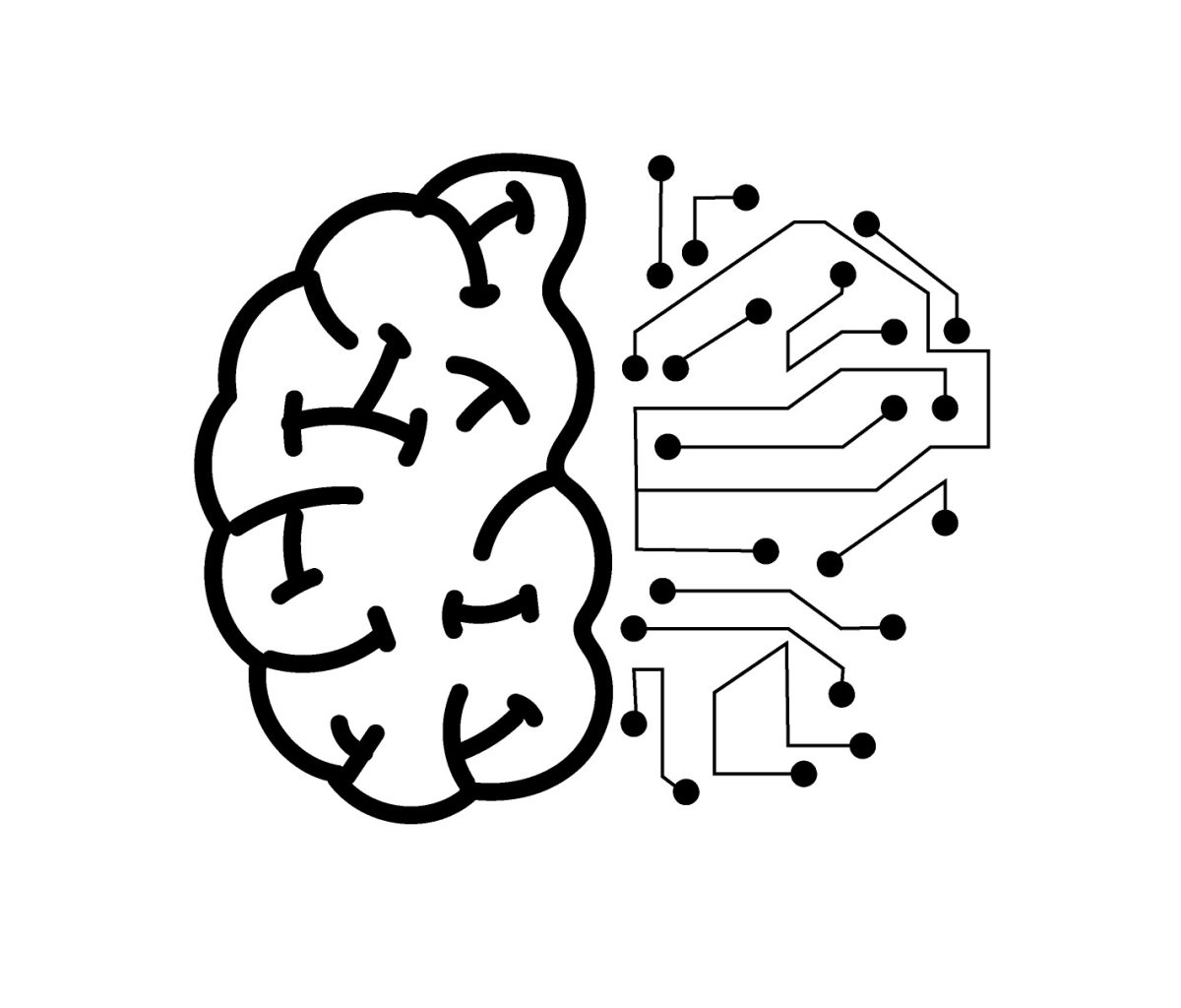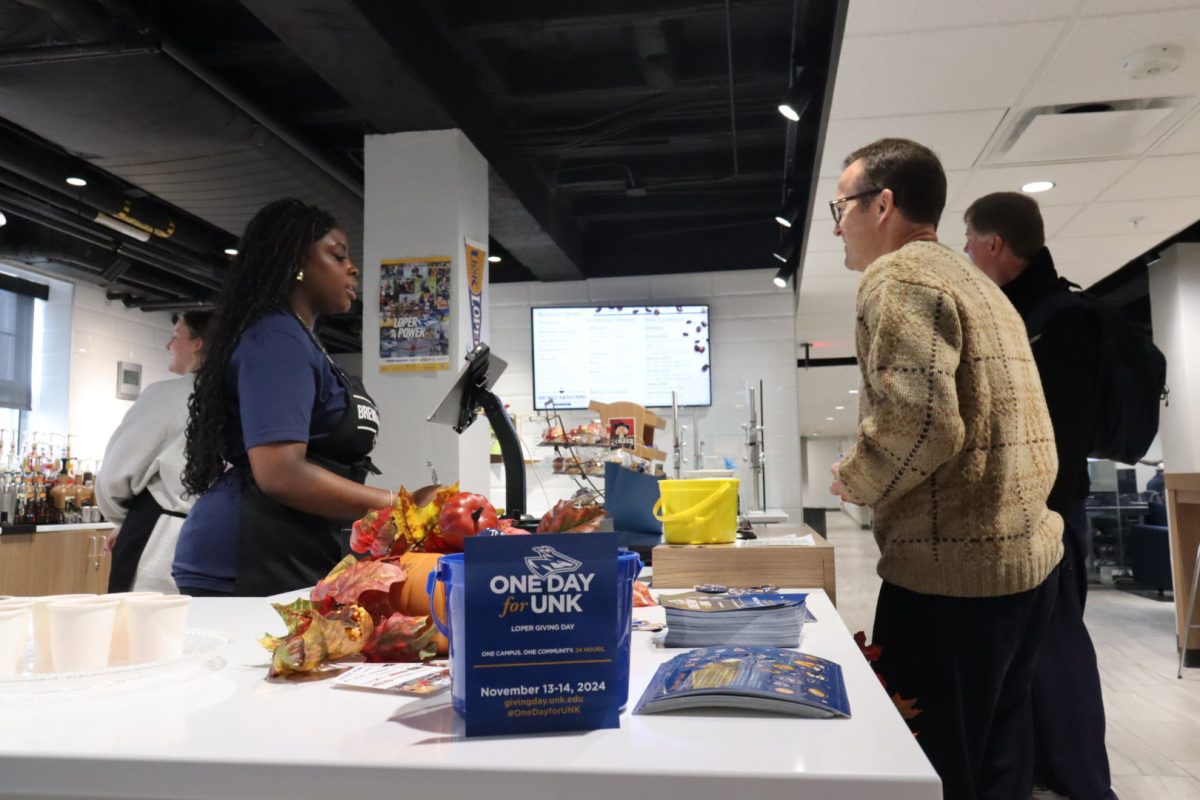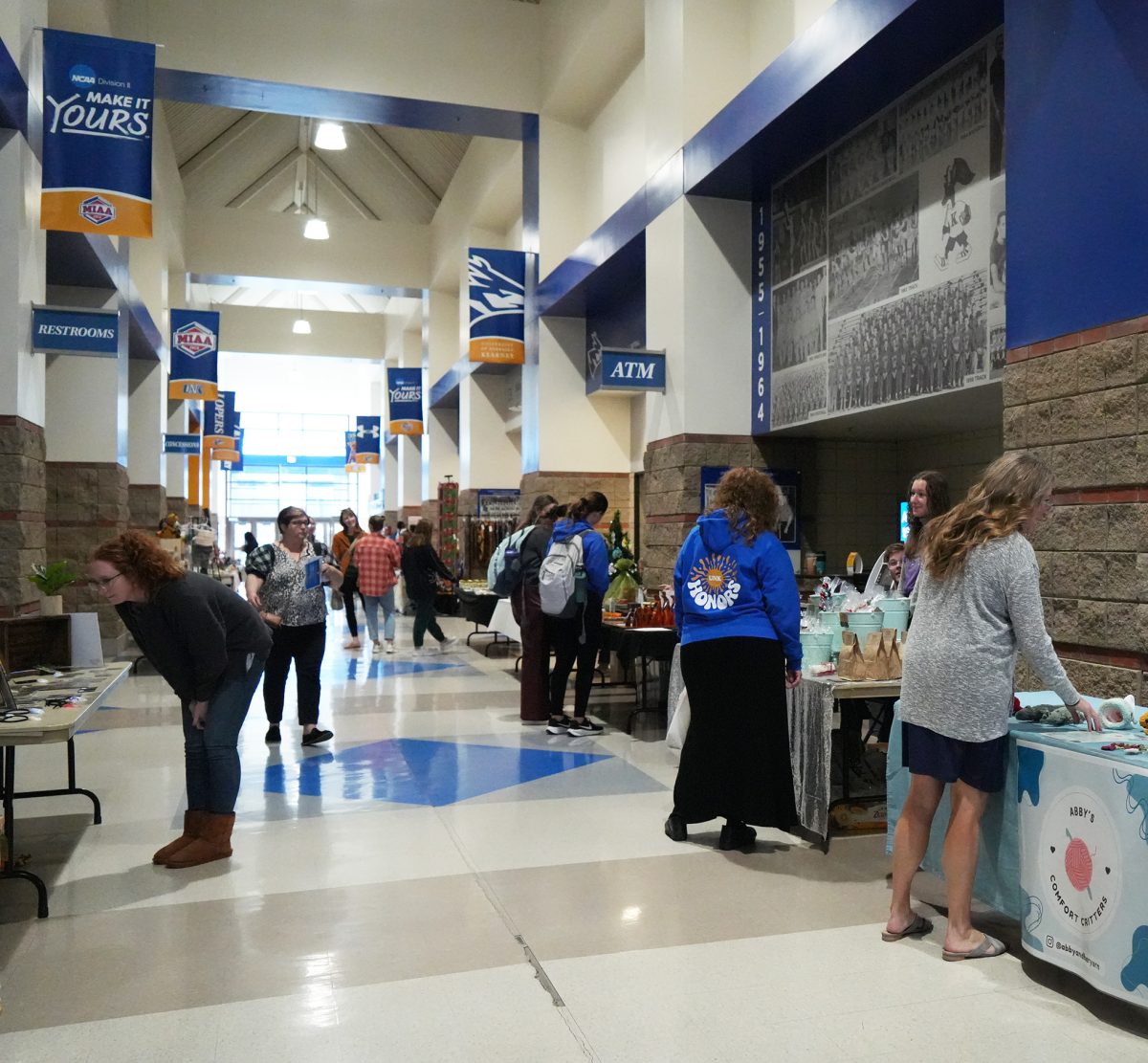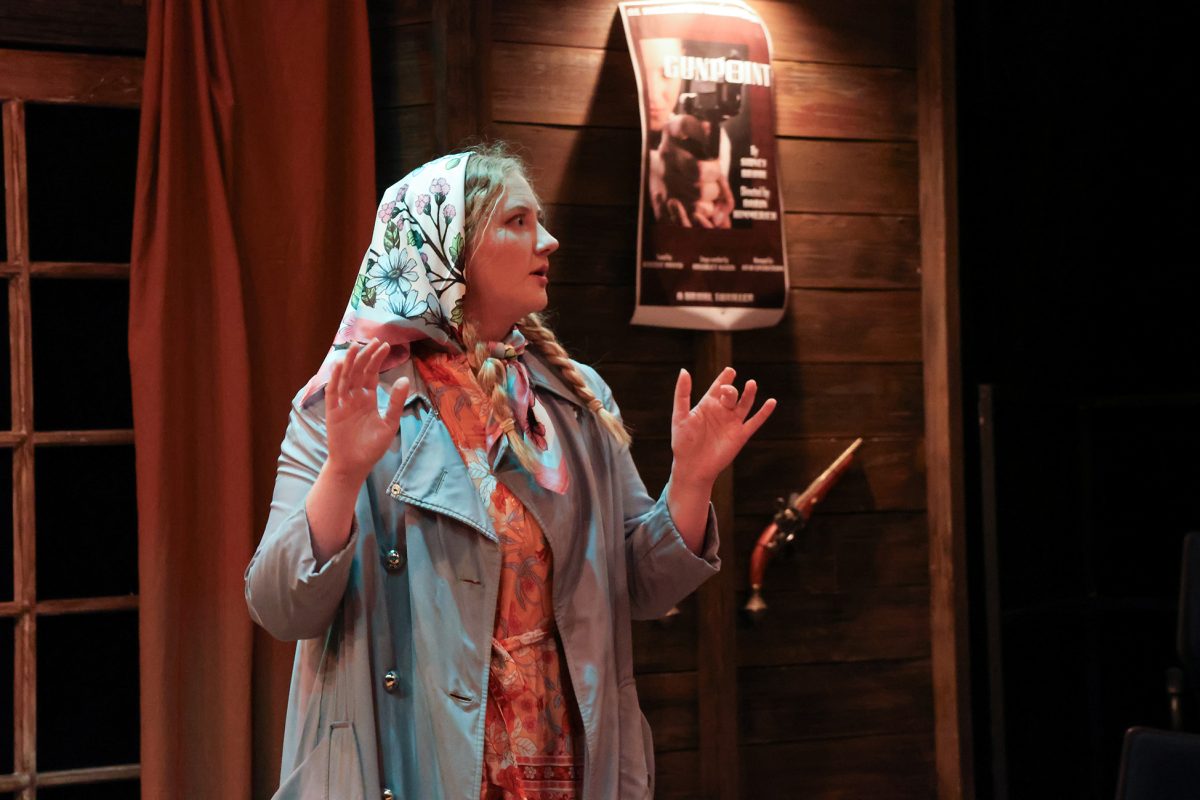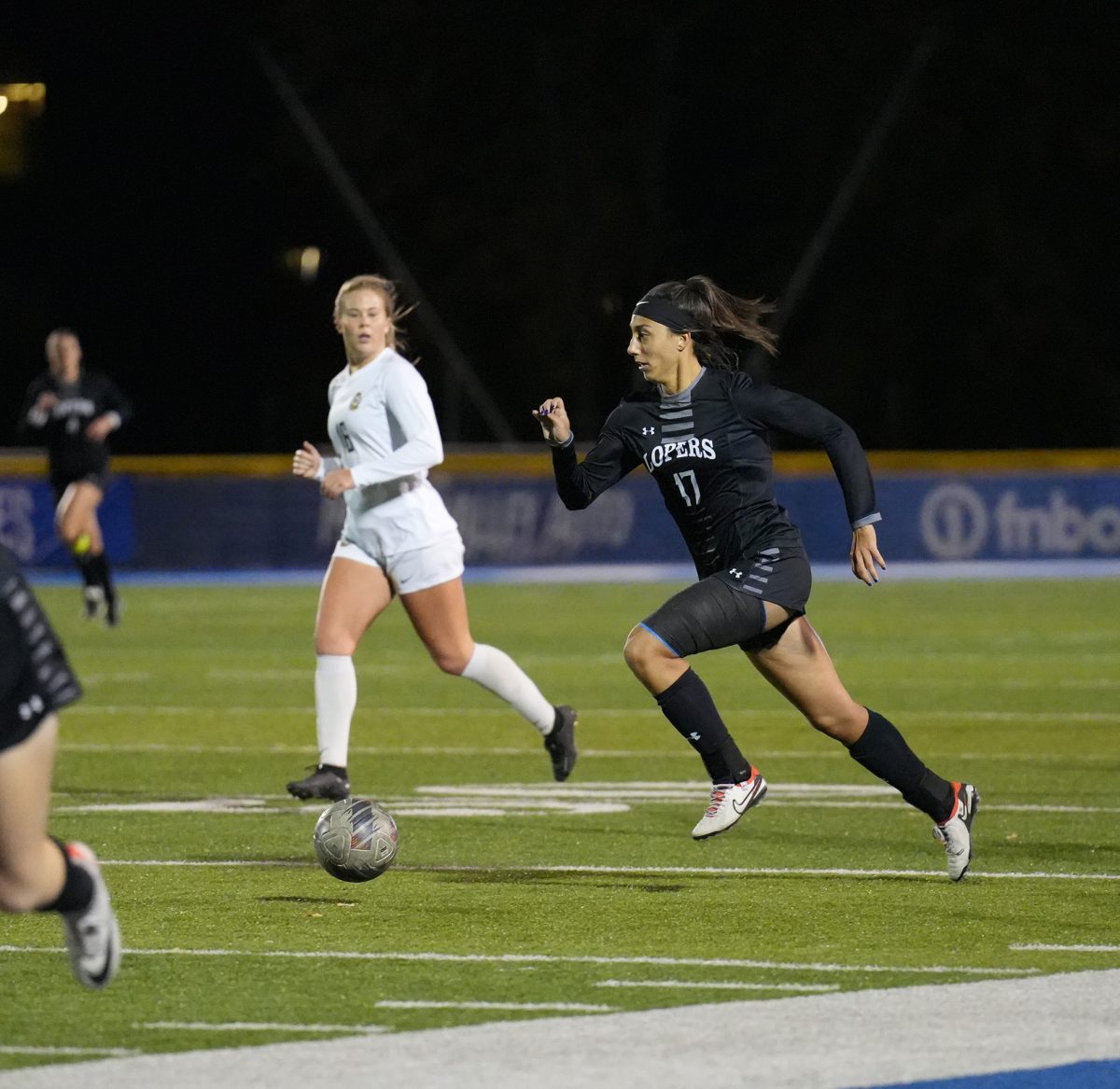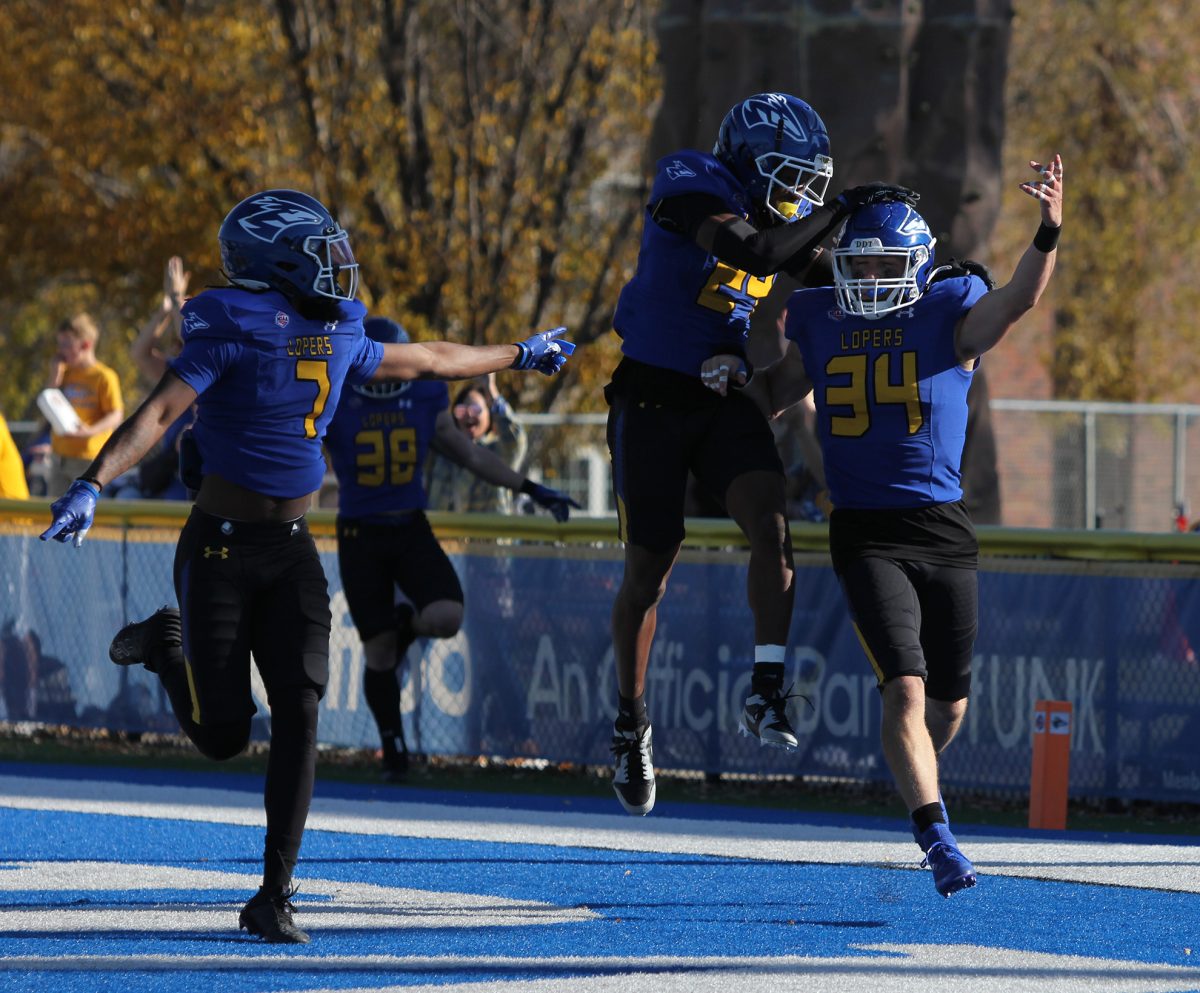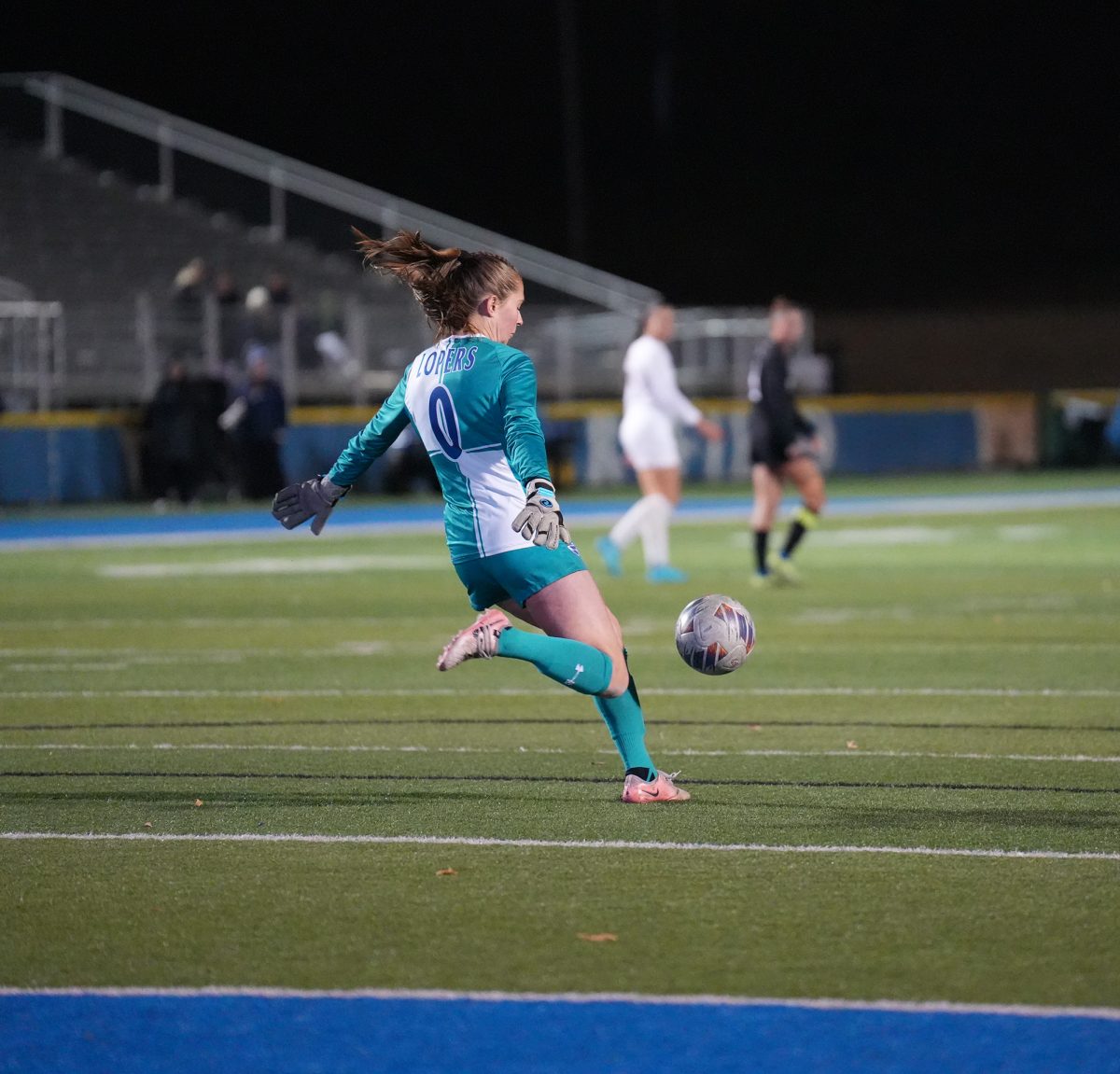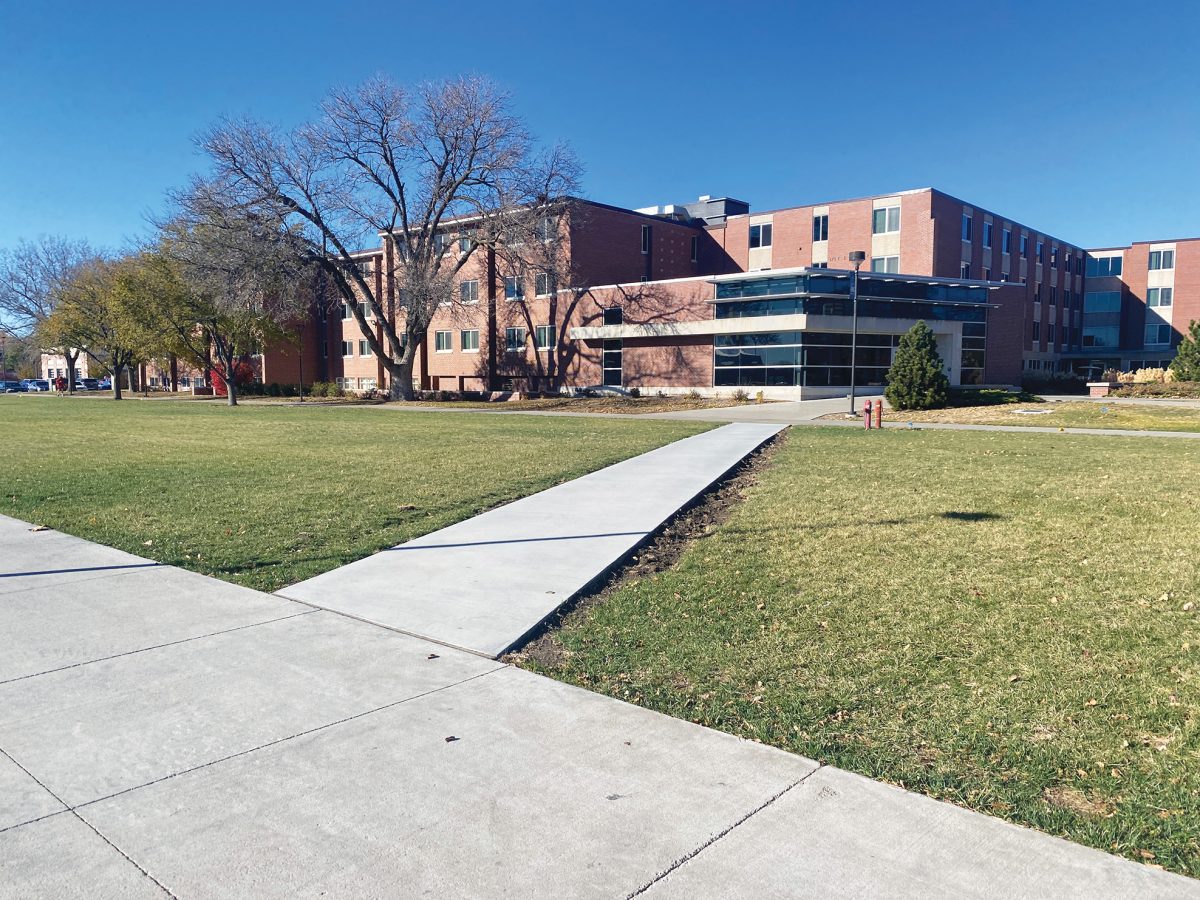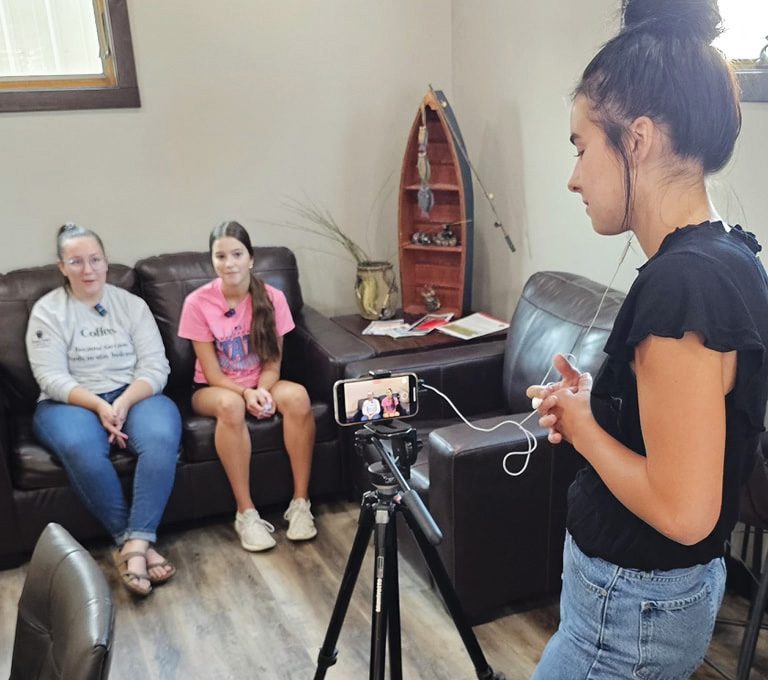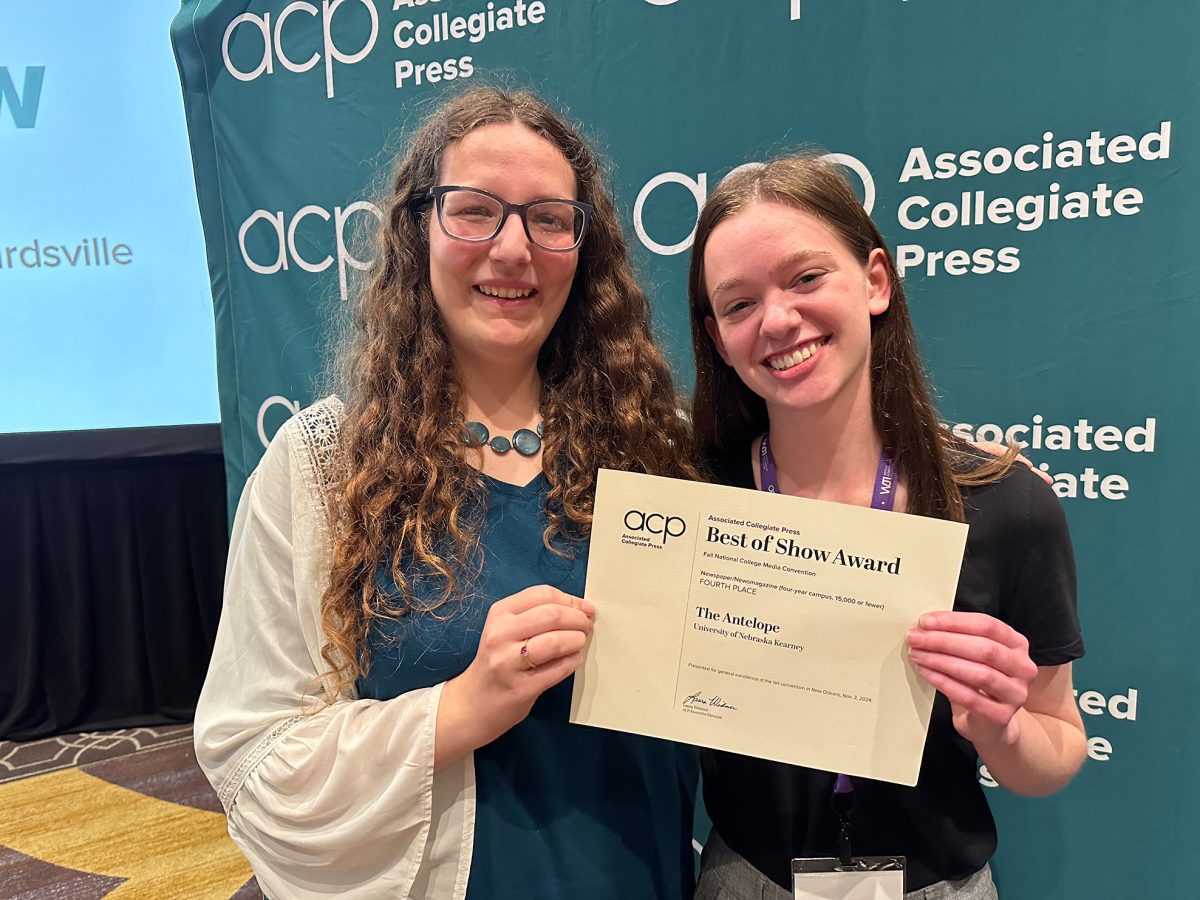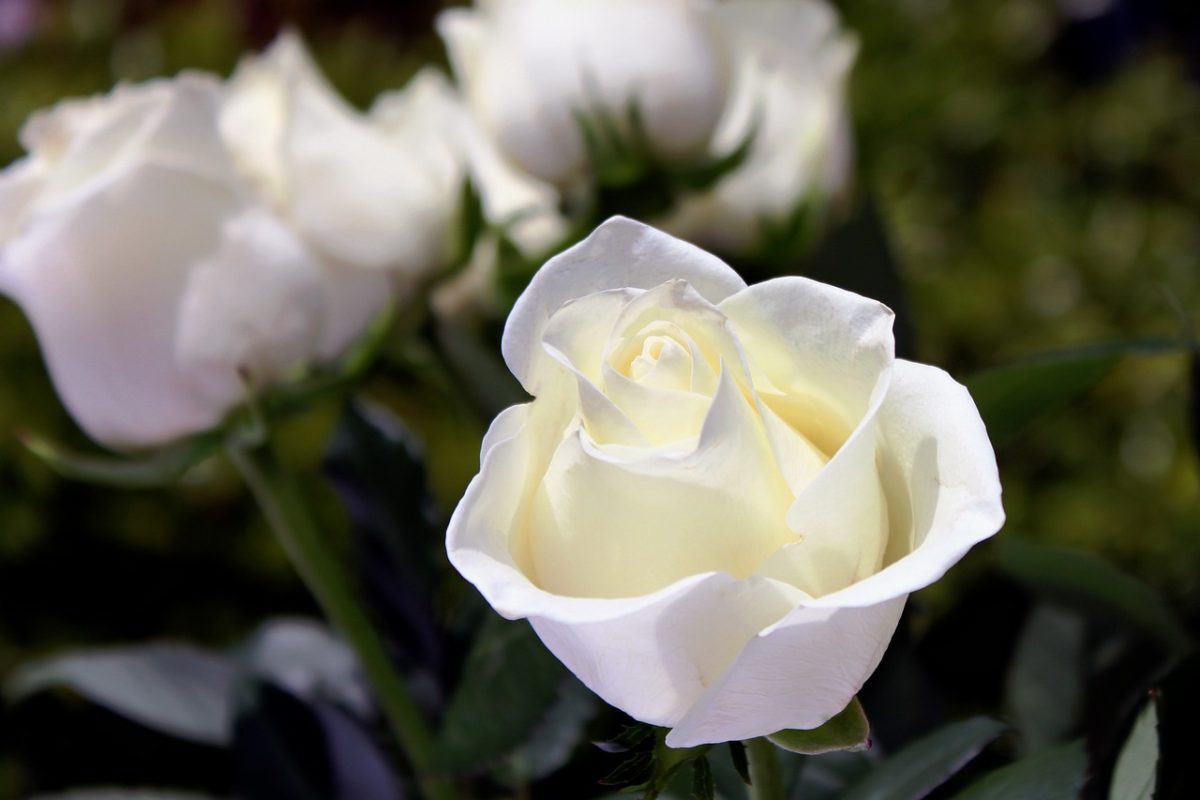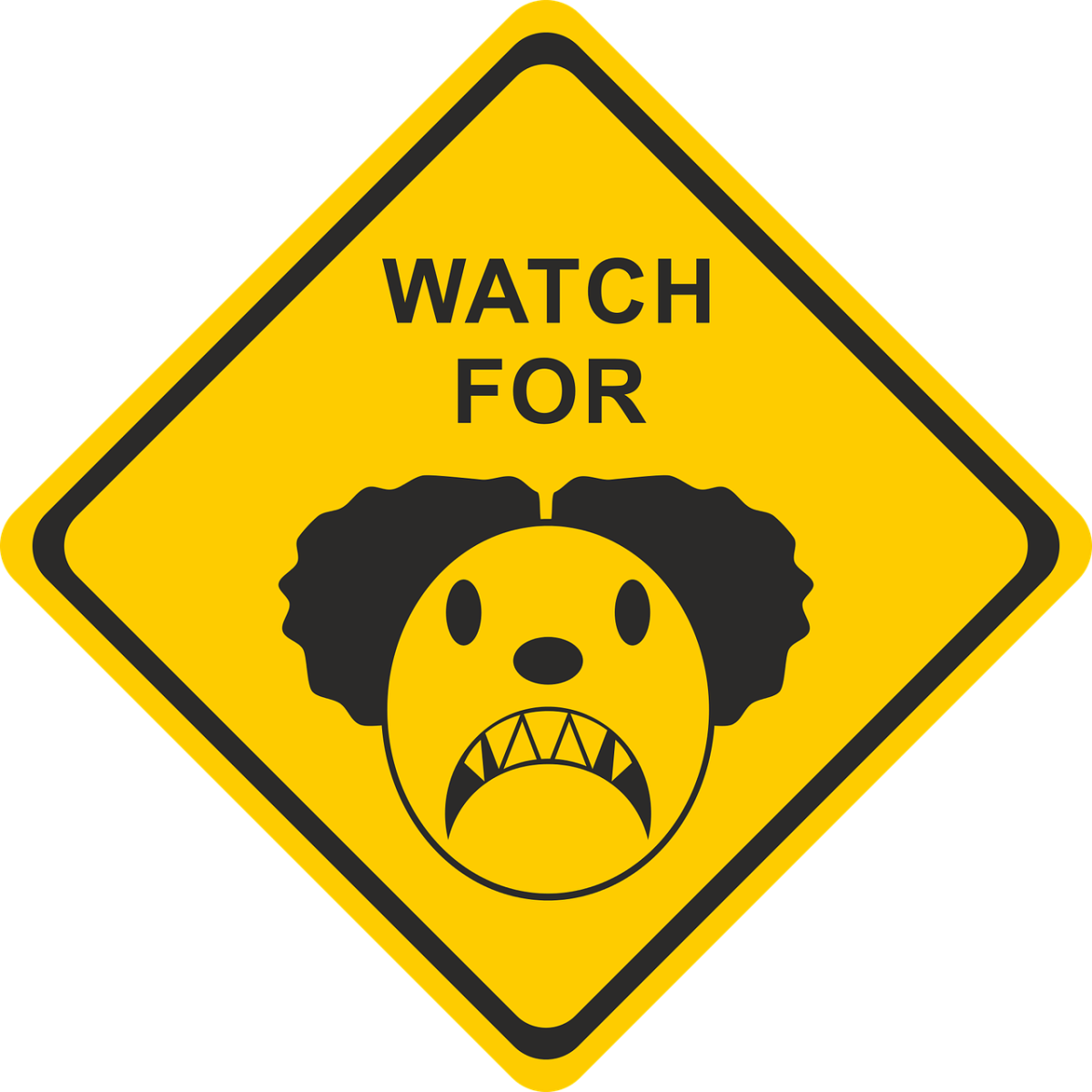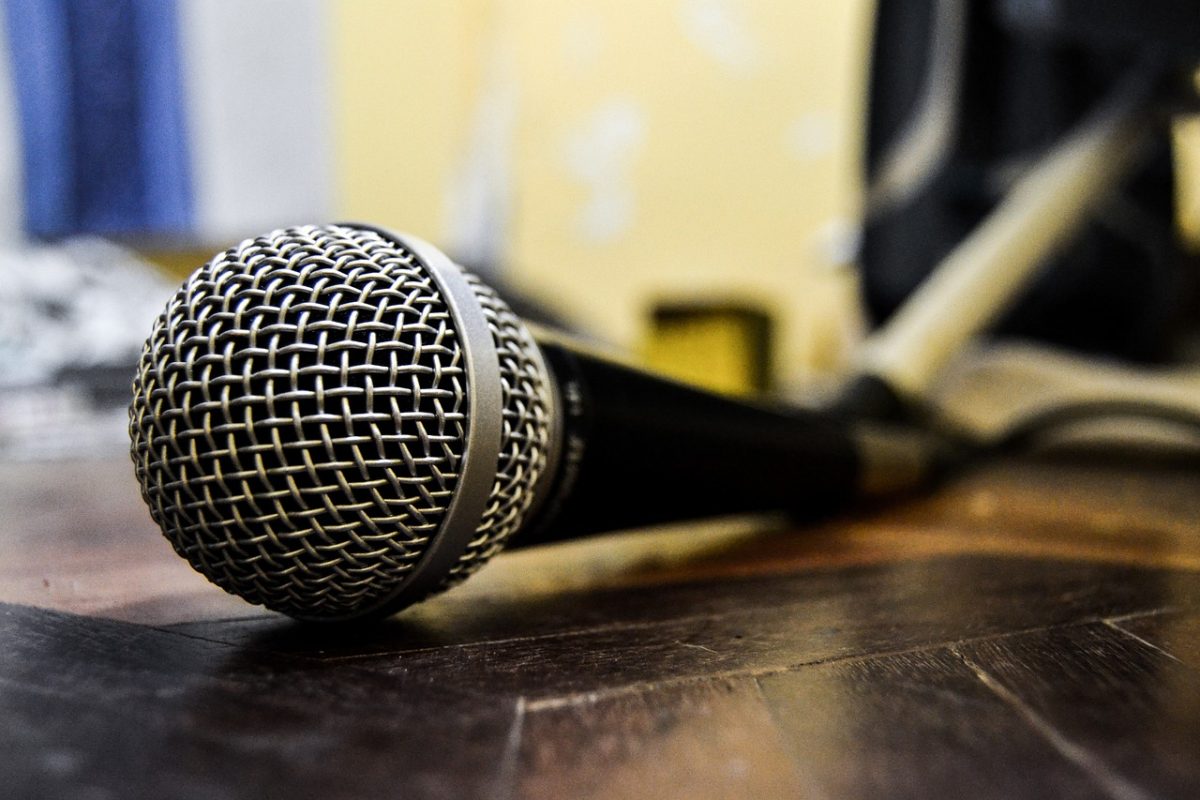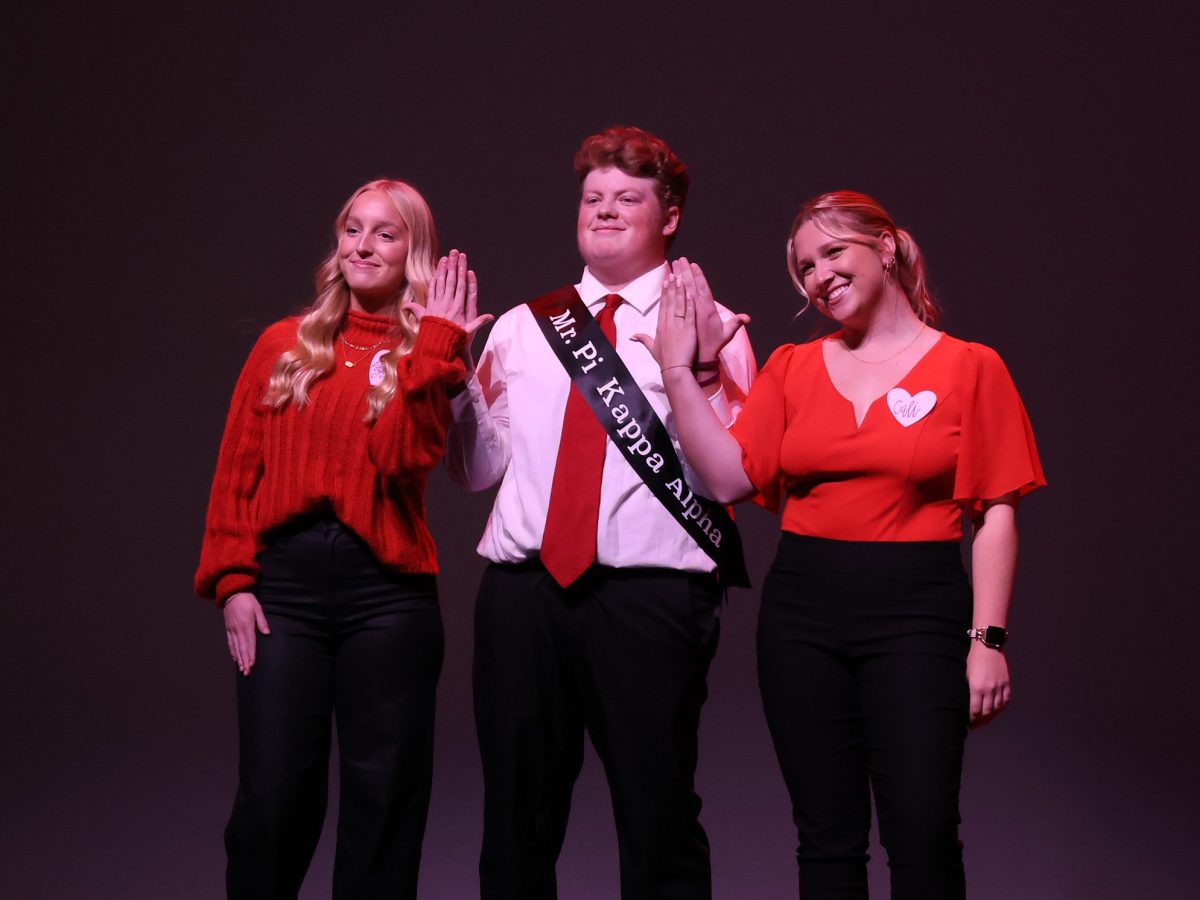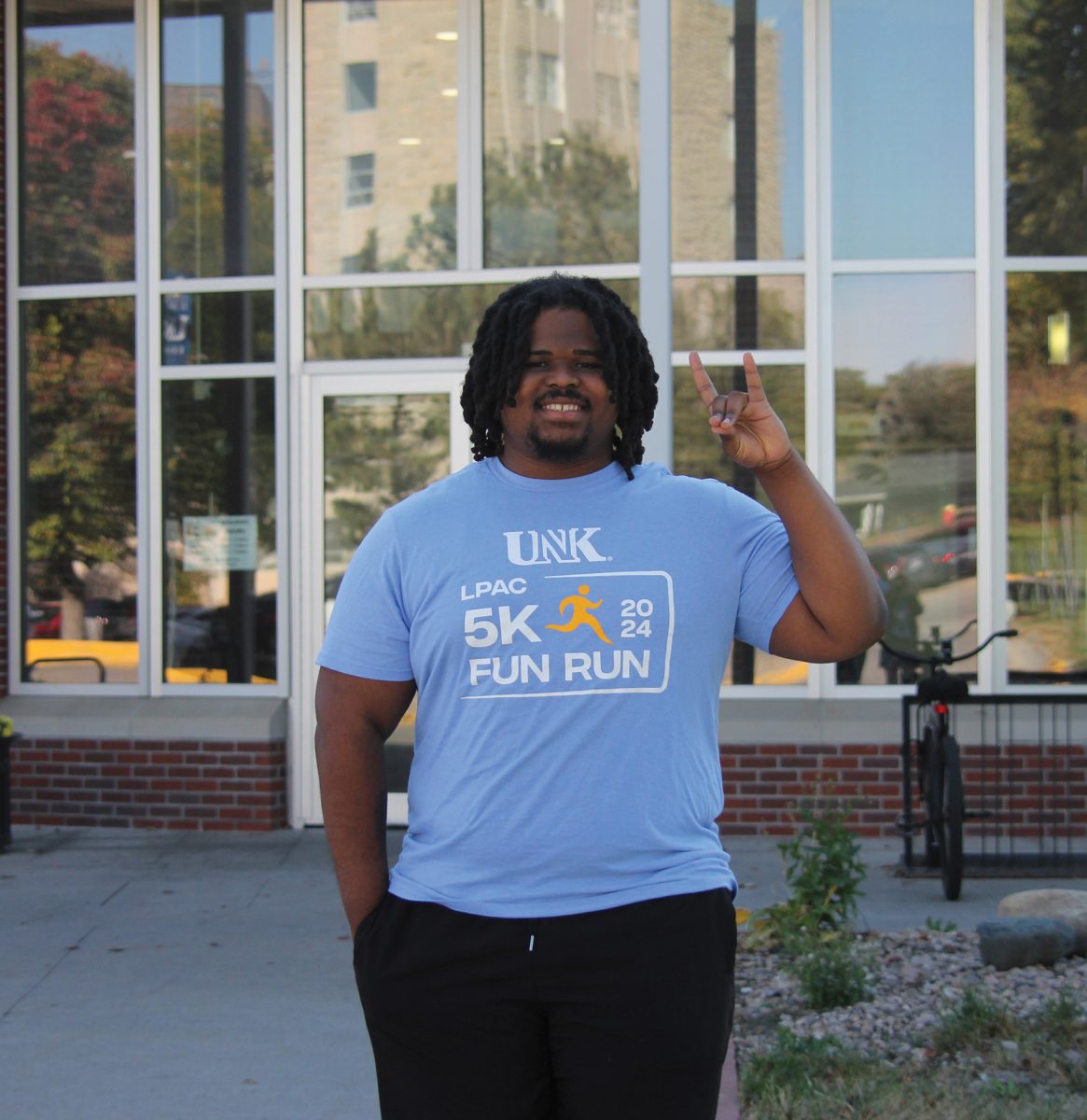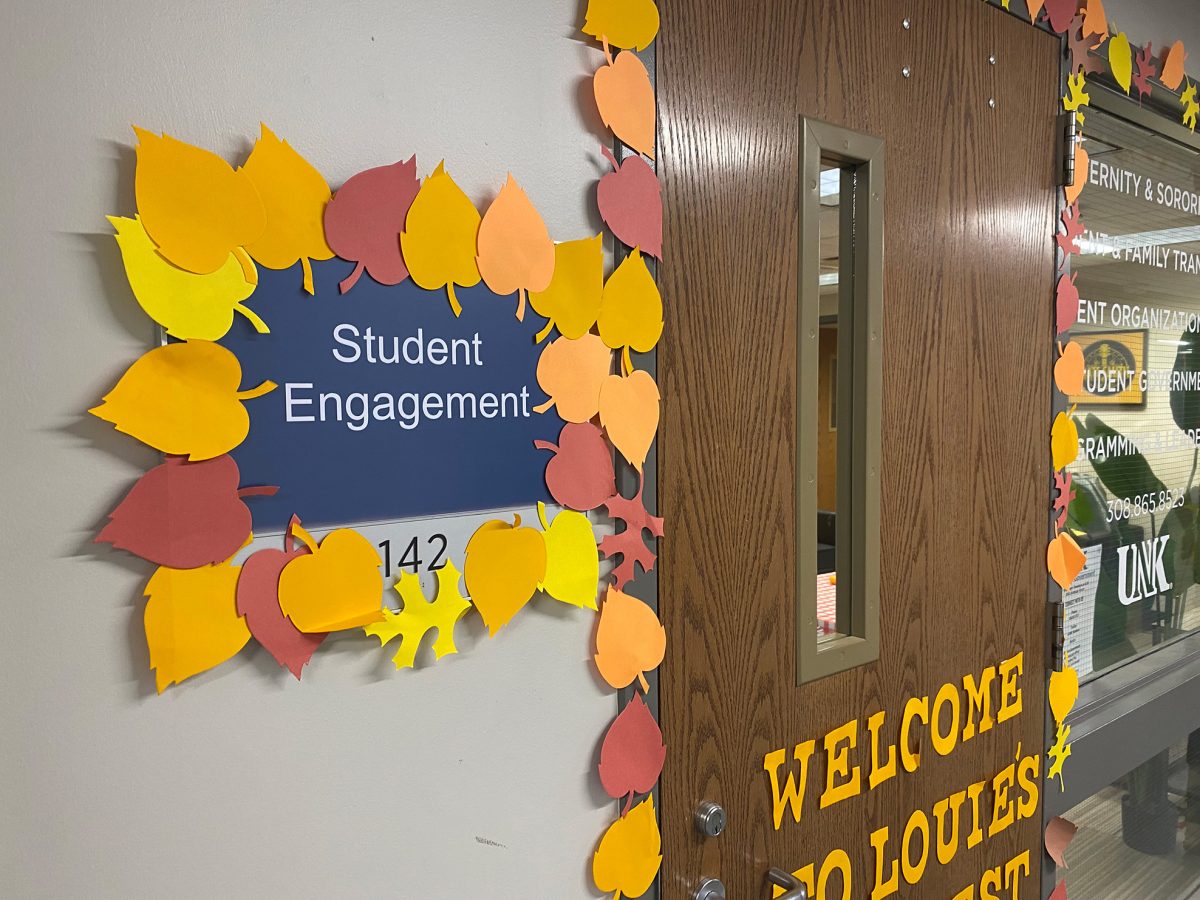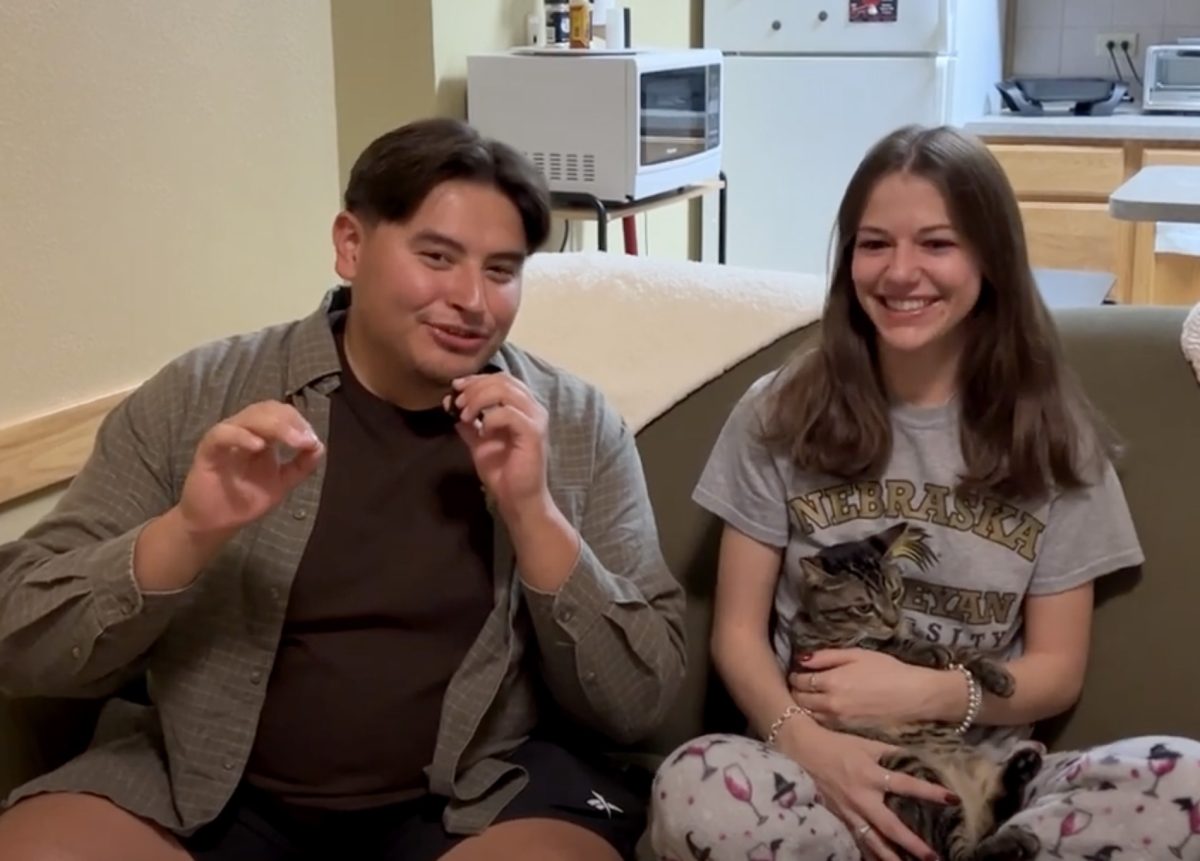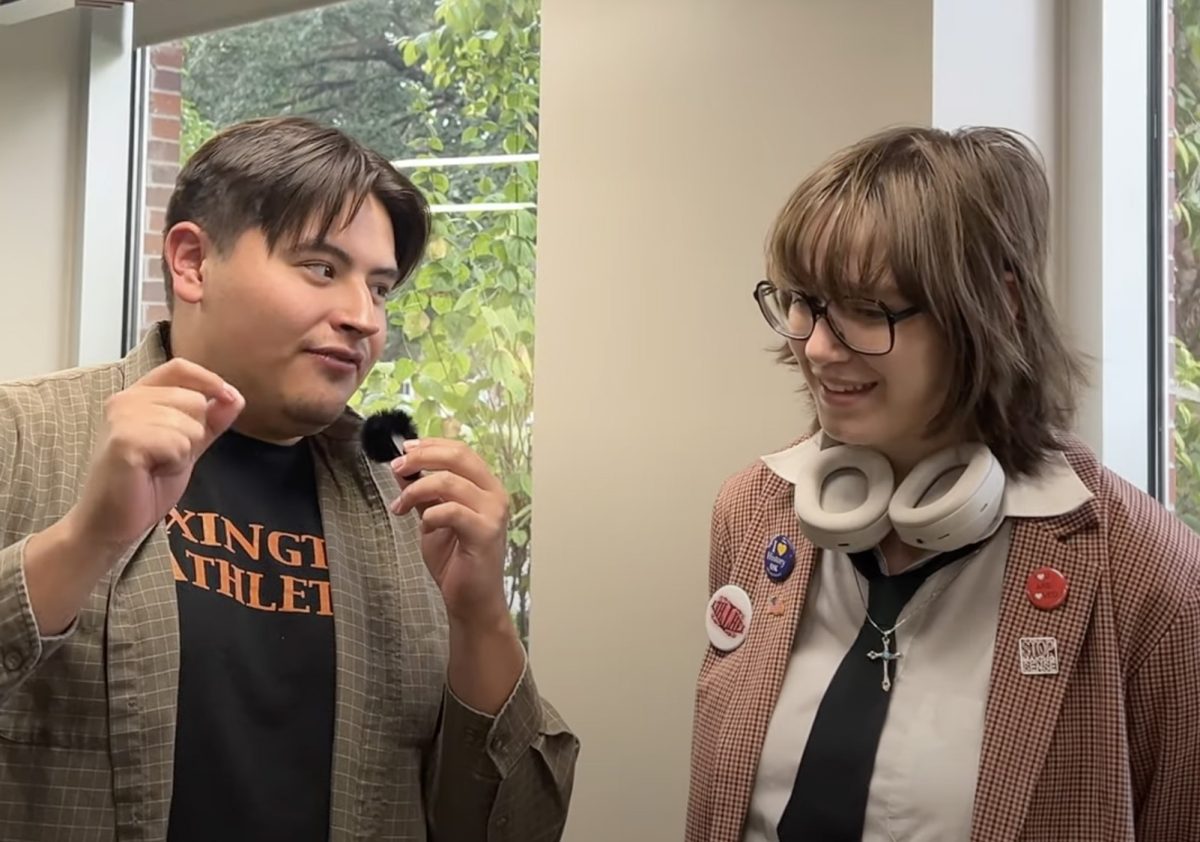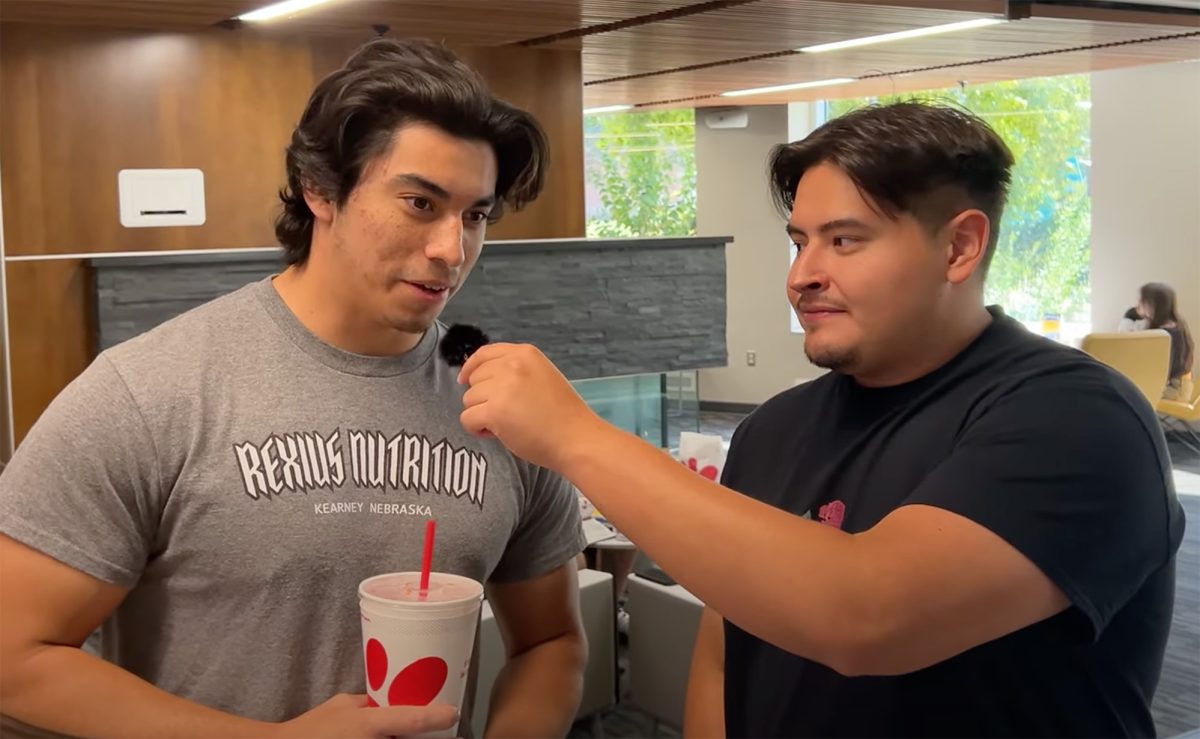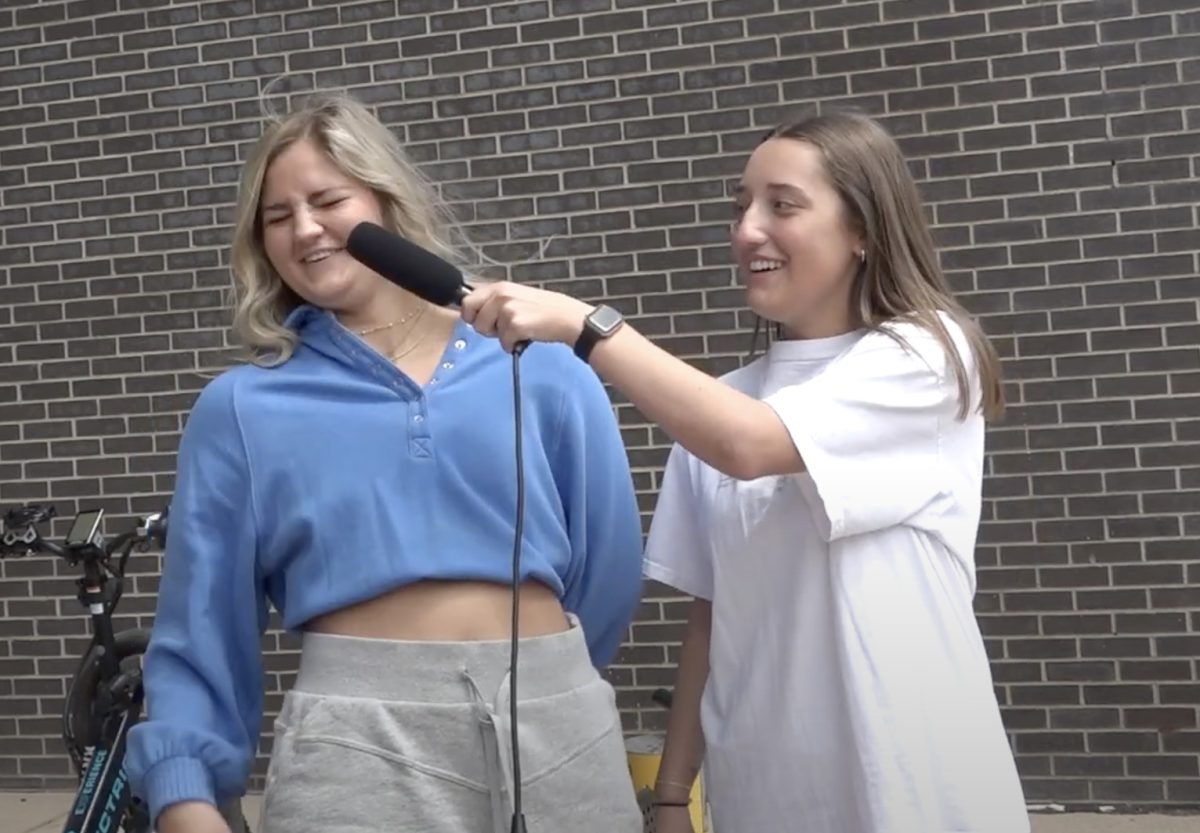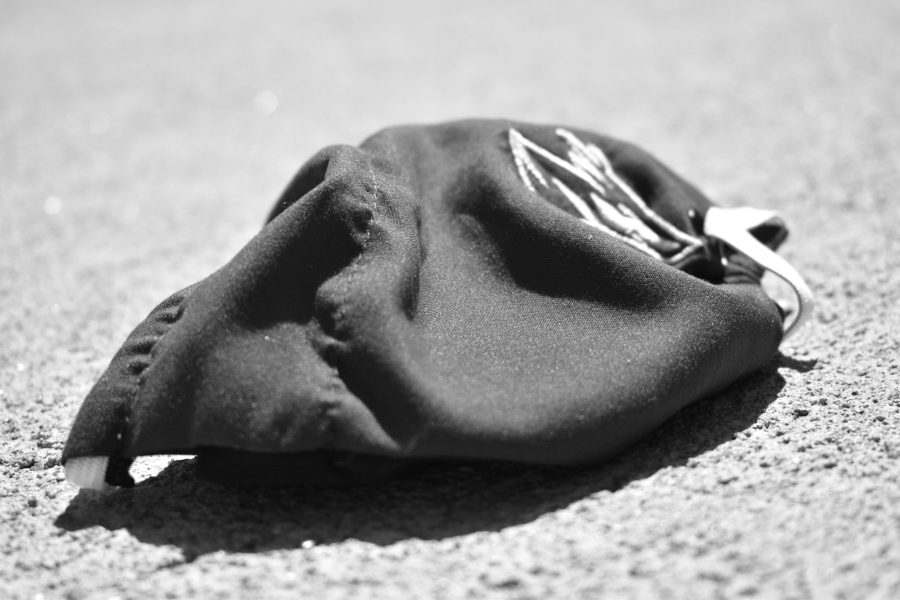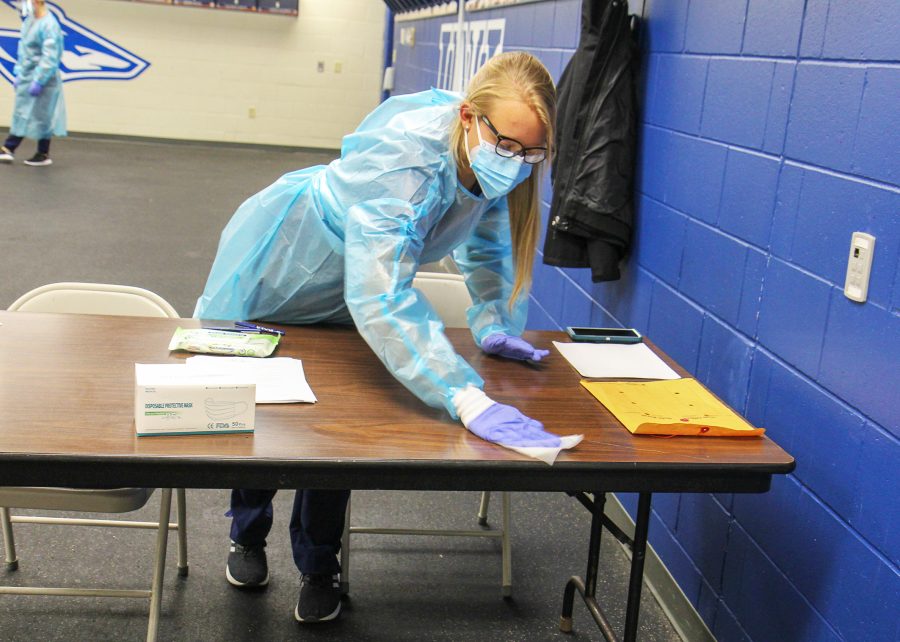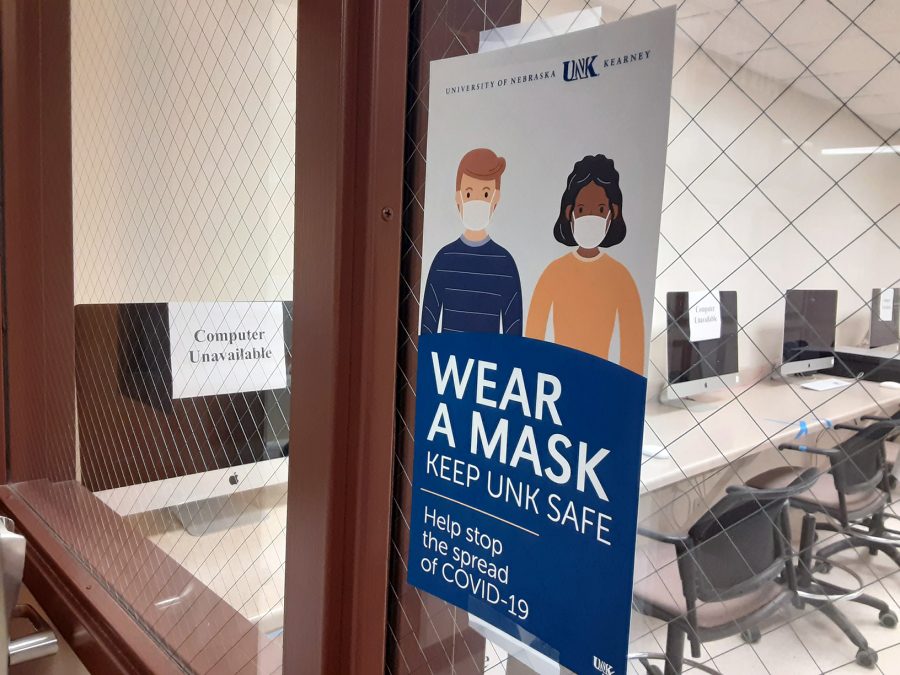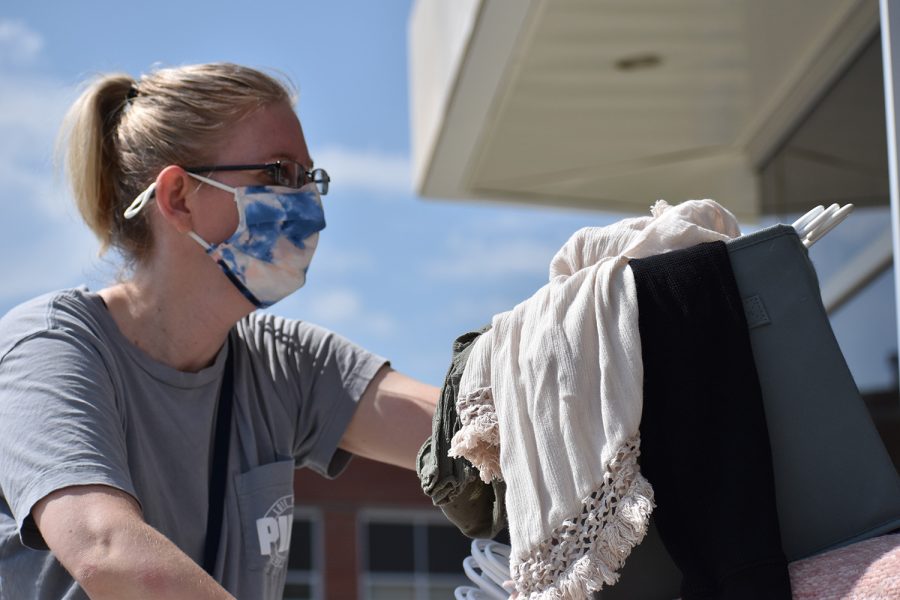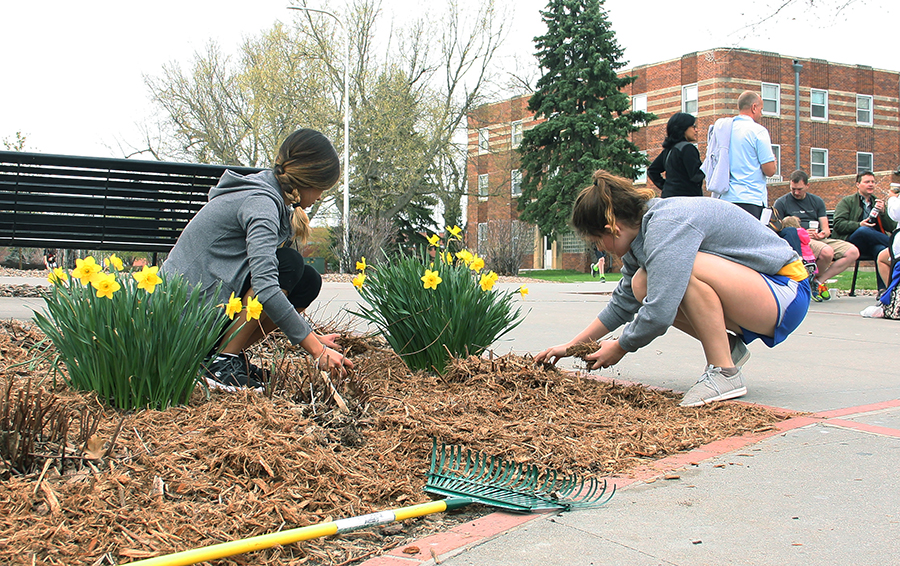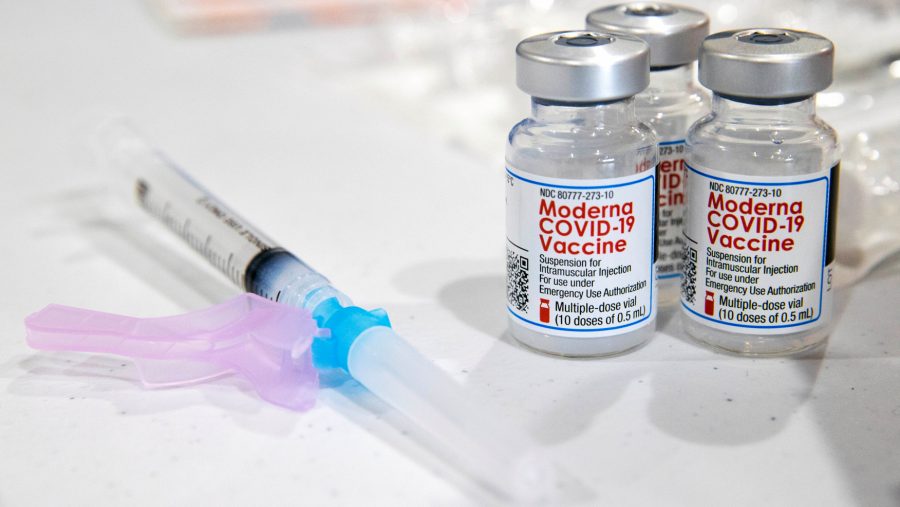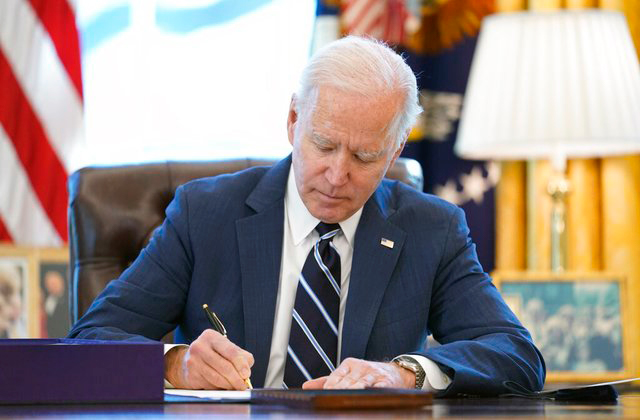UNK moved into Phase II of the campus’s COVID-19 plan, loosening restrictions on off-campus visitors to residence halls among other changes.
The campus first moved to this phase last fall, shortly before case numbers spiked nationwide and forced us to move back into Phase I ahead of the long break.
Although case numbers have come down since the string of record-breaking days at the end of the semester, perhaps our campus would be well advised to keep taking things slow.
In the last three Monday reports, we have seen consistent increases in the number of cases recorded on campus and in the health district as a whole.
While campus has thus far seen cases in the single digits, the trend of cases could be a sign of things to come.
In the interest of protecting those students around us who are at risk and may not have received the vaccine yet during this time of relative scarcity, the administration should be operating on the worst case scenario projections.
That does not necessarily mean we should return to Phase I, which is largely the same as Phase II anyway except that off-campus visitors can now enter residence halls — something that was probably already happening regardless of the phase protocols.
Beyond permission to bring off campus visitors to residence halls, material living conditions are staying mostly the same. The other two relevant changes for student life are the increase in venue capacity from 25% to 50%, and openings of resident hall kitchens (which were not all closed when campus moved back to Phase I in the fall).
In many ways, the change from Phase I to Phase II is largely symbolic. The phase system seems to be more a marketing tool to show the university is taking the pandemic seriously than a legitimate process for moving back into normal life.
The protocols that the phase system entails aren’t the problem. The oversimplistic, three-step framing suggests that there is a straightforward pathway from Phase I to Phase III — where masks are no longer required and many restrictions are lifted. This is not the case.
Moving to Phase II suggests we are just one step away from phase III, which may not arrive by the end of the school year if conditions don’t improve.
Saying the campus should take things slow isn’t saying we should remain in Phase I, but rather saying we should hold steady in Phase II and be prepared to backtrack if cases begin to rise again.
Student sentiment seems to agree. Of the four students who made up this week’s Lopers speak, seen below, all seemed to approve of the university opening the spring semester in Phase I. While sample size here is obviously small, anyone can attest to the fact that many students remain anxious about the virus at this time.

